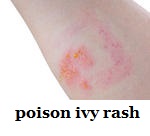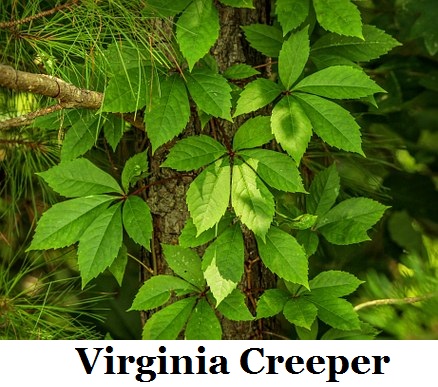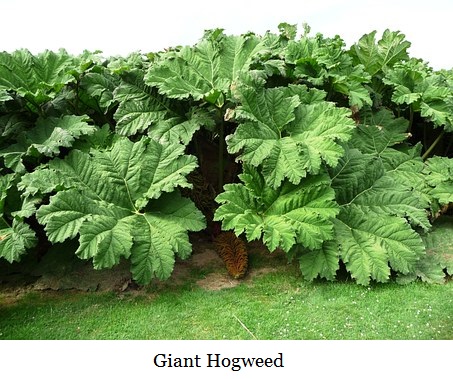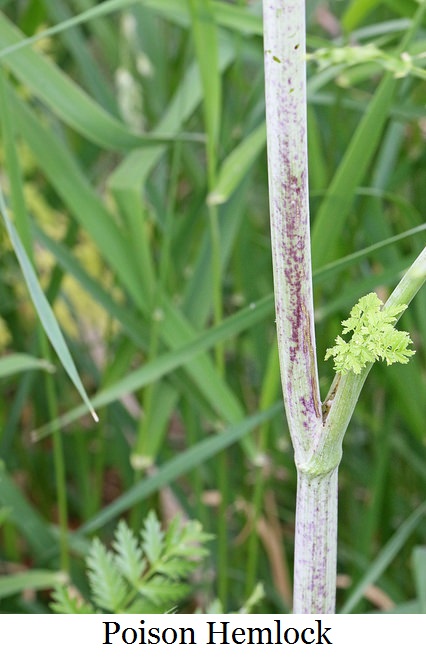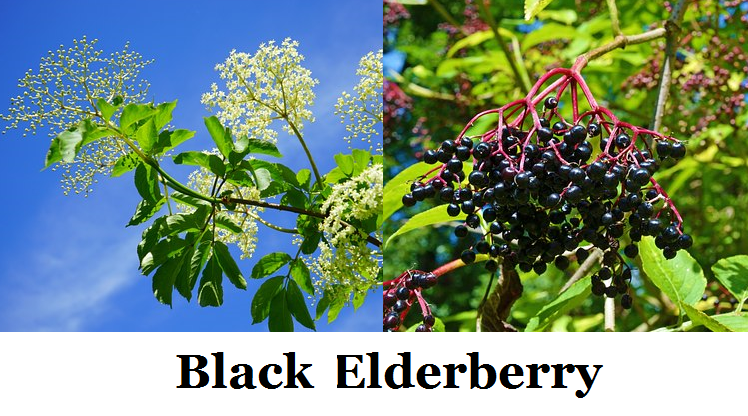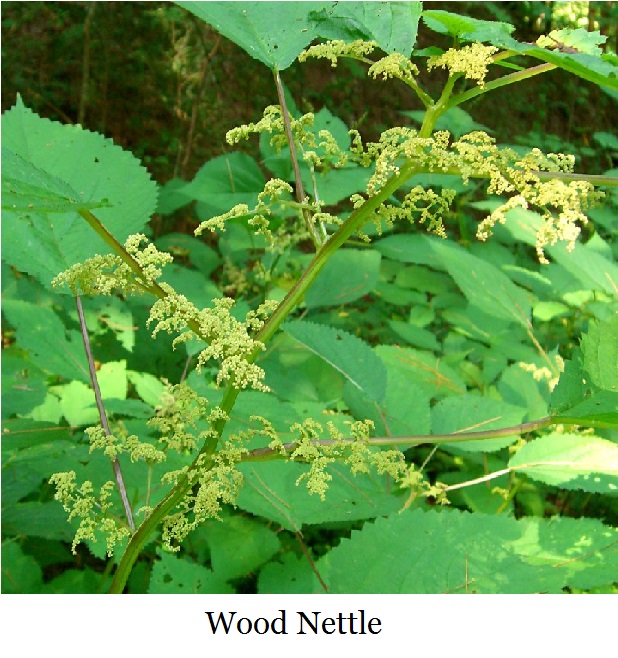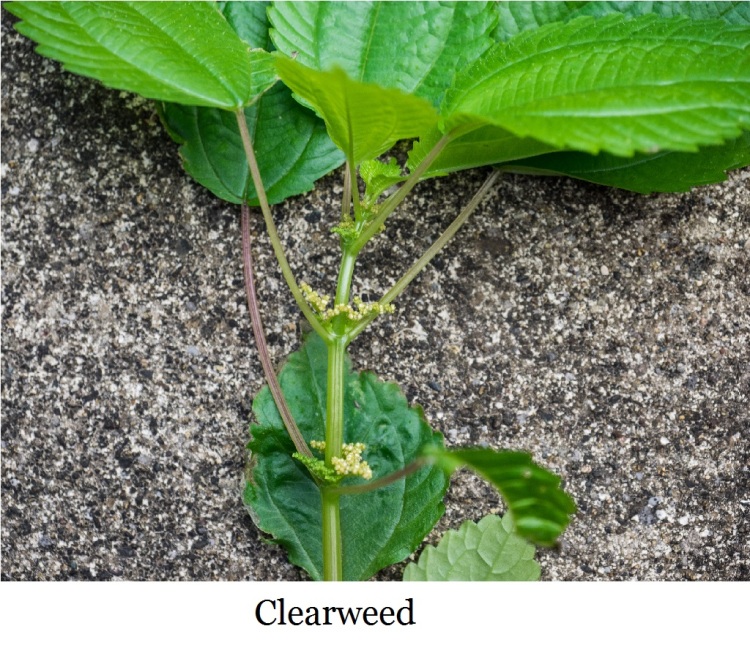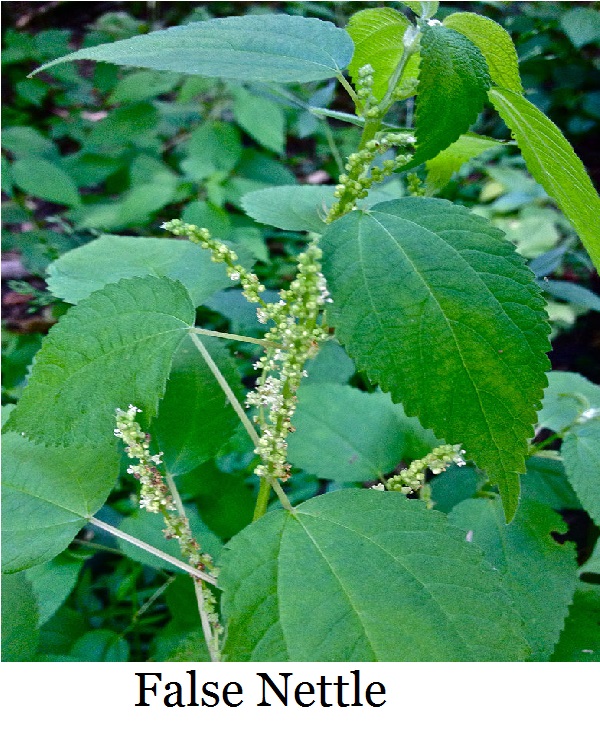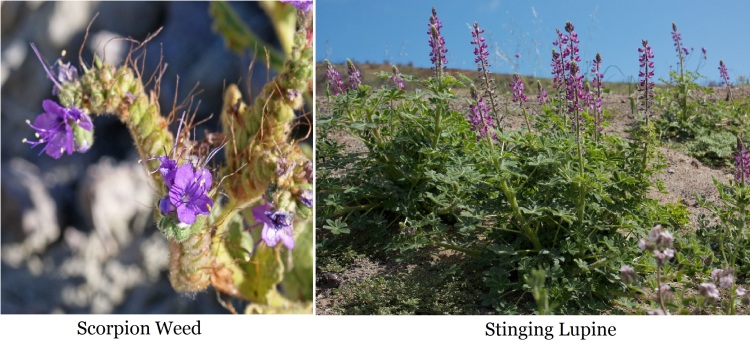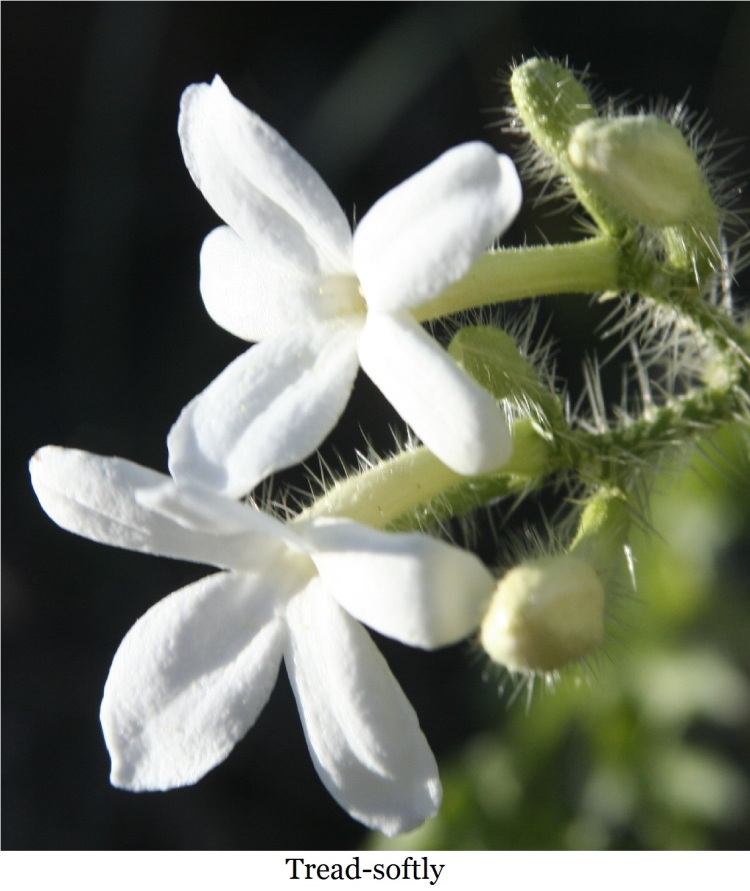Homeopathy Remedies
(I am not a Homeopath. I have a Master Herbalist degree and have a great love for homeopathy – one day I would like to take some classes on it!)
I have used various homeopathy remedies to help my daughter when she is having an autism meltdown and to help her combat Pandas flare-ups. Cina worked for a long time as her constitutional remedy, and now she doing much better. Her constitutional remedy is changing from Cina to Pulsatilla. Constitutional remedy means it works well for her entire being, as the description fits her exactly. For acute or occasional issues, we treat with other remedies as they fit.
Here is a list of some very helpful homeopathic remedies. These remedies can be used for a lot more than I have listed – please refer to your Materia Medica for full description.
Chamomilla
Chamomilla is a wonderful remedy that many people know is useful with teething or colicky babies and the pains of childbirth. The Chamomilla temperament is miserable – miserable everywhere they go. So miserable that they can appear angry, sulky, cross, or even in a rage.
Chamomilla children will cry, kick, bite, scream and drive their parents to despair. The stiffen up and will bend backward. Chamomilla children are only quiet when they are being carried – but they don’t want to be touched or spoken to. They cry because they want something and then throw it back, completely unhappy. They are furious that they are hurting and furious at everyone else for not fixing the discomfort.
Chamomilla is overly sensitive to everything. His nerves are completely shot and he lacks patience. Complete intolerance for pain or sensitivity – this person will not bear the pain quietly or calmly.
There may be hot sweat on the head, yellowish green spinach-like diarrhea, toothache or bitter taste in the mouth.
Cina
It is most commonly used for parasitic worms. But it also works wonders for autism meltdowns and pandas.
It is common for the Cina Child to be cross, irritable and to grind his teeth. There is also a varying appetite – sometimes Cina will want to eat a lot and sometimes next to nothing. Cina wants to be held and rocked all the time. This child is highly sensitive to touch – cannot bear to have hair brushed or to be caressed. He is so sensitive that it feels as if he is bruised or sore. In fact, he is so touchy that he does not want to even be looked at. However, this child may rub, poke, pick his nose or scratch inside his ears. Cina also has an aversion to bright light.
Cina will desire things but will reject everything offered – this child typically doesn’t throw them back like Chamomilla does, just rejects them. He will crave sweets and gets hungry soon after eating a meal. It is a painful hungry feeling, a gnawing sensation. He may have a difficult time in swallowing liquid and choke easily on water or his own spit. He is a very anxious child. Occasionally Cina will have spasmodic twitching of his limbs.
Cina has a pale face with very dark rings around his eyes. The sweat on his head is cold. There is a whiteish blue ring around the mouth. This child will grit his teeth in his sleep and also during sleep his face and hands will make movements while dreaming. Cina prefers to sleep on and hands and knees or on his abdomen. Sleep is restless for Cina, he has trouble sleeping and he has night terrors, screams, or talks in his sleep. He often wakes up with a start and feels very frightened.
Upon waking, Cina will have a cough that may end in a spasm. It’s a violent cough that can bring tears to his eyes. There is a gurgling sound or sensation going from stomach to throat after coughing. Cina is highly anxious to speak or move after the coughing fit, out of fear that it would start another one. Belly pain, especially after eating is very common too.
For parents of Cina, it is a little frustrating as they have a hard time with punishments – punishments can cause convulsions, or fits. Cina is so sensitive even to emotional disturbances. The stool of Cina are very notable – it’s often white and profuse. Cina is noted for gastrointestinal distress. Ofen with intense pain – so severe that it can contribute to delays in speech and socialization.
Ignatia Amara
Ignatia is excellent for anxiety – that is situational anxiety. It is useful for the sudden anxiety or panic attacks that seem to come out of nowhere. Ignatia is useful for fearful anxiety and worry. It is highly useful after trauma or with someone who is is having a difficult time trusting again.
It is also given for shock, bereavement, and disappointment. Ignatia is often completely overcome by heartache and depression. His depression will quickly turn into a form of desolation and devastation. He has a painful yearning for that which was lost.
Ignatia is sensitive, easily hurt, and is subject to massive mood swings. When things go wrong, Ignatia takes it personally. He is usually melancholy and sad – sighs and sobs for no apparent reason. Social settings greatly aggravate the anxiety for Ignatia. And he has repeating and intrusive thoughts. Heightened emotional responses are common as is a defensive attitude.
Anxiety will manifest in Ignatia with twitches, spasms in the throat, cramps etc. Sometimes his cough feels so tight that it will suffocate him. Ignatia has irritable bowel issues that can flare up suddenly. This sudden bowel change is reflected in the sudden change of emotional temperament. Ignatia can be laughing and making jokes and then instantly they will be in tears – almost reflective of a hysteria type shift.
Pulsatilla
Pulsatilla is unstable, emotional and timid. She weeps for nothing and experiences extreme intellectual fatigue. She is highly anxious and occasionally absent-minded. She will bottle up her emotions when she isn’t weeping. She also holds a grudge for a long time and can feel very depressed, jealous and anxious. She will show a fear of the opposite sex. She rarely feels thirsty and frequently feels aversion to food.
Clingy, sad, needing to be reassured and held are hallmarks of her temperament. She wants to be carried, rocked and loved – while simultaneously fearing suffocation. She is like a flower being tossed around in the wind – lacking the strength to stand upright while the wind blows and being tossed and turned about. She is very needy and is terrified of being abandoned or forsaken. Fears surround her and night terrors are frequent. She craves above all things to feel safe, loved, and content. If she doubts those things – her world shatters. She greatly regresses when under stress and in a warm, stuffy room. Cold, open air makes her feel better – as long as it is a dry cold. She tends to feel worse in the evenings.
Pulsatilla child has a very difficult time sharing toys and crumbles when reprimanded. She is constantly vying for attention by negative means – usually creating a scene or whining irritably. Pulsatilla does not have an angry cry like Chamomilla. Though she wants attention, she lacks the confidence to engage with others – she has no problem playing alone and will contentedly munch on sweets.
Arsenicum Album
The horse typifies Arsenic temperament. Horses constantly move about, are highly nervous – almost restless. He tends to have dry, rough, unhealthy looking skin when he is need of this remedy.
He jerks about as he is falling asleep. Arsenic is highly anxious and desperately angry – almost to the point of being furious. He feels hopeless, full of misery, and suicidal.
Burning pains are a major consideration – no other remedy has burning pains to this degree. However, Arsenic craves hot food and drink. He often licks his lips because they are dry.
He feels rested when sitting but any slight exertion will exhaust him quickly. He has a great fear of being left alone – yet desires to hide. He is indecisive and his humor changes quickly – almost in an angry hasty way. He is terribly upset by small changes in the little details of life. Arsenic is highly compulsive about orderliness.
Sulphur
Sulphur is a firey child – a volcano ready to explode suddenly and intensely in response to any frustration. After his anger subsides the molten lava of sullenness and smolders seep out for a long while. Highly intellectual, creative and artistic. He is immensely passionate about every facet in his life.
Sulphur has an adventurous spirit – his entire being engrossed in his investigation of the world around him. He is determined to succeed and has the drive to do so. However, he can also be critical, irritable and intolerant. He believes that every performance he gives is the very best. Sulphur tends to be hypercritical and arrogant. He is impatient, head-strong, and domineering.
Not all volcanos are active – some are dormant. Sulphur can also be extremely lazy and procrastinates. He will have wonderful ideas – but a massive aversion to work of any kind. While Sulphur has a strong ego – it is a fragile one. He easily feels disrespected and humiliated. This happens anytime his ego is threatened.
Sulphur is used when driving out toxins and counteract the suppression of physical or emotional symptoms.
As a child, Sulphur was a replica of Dennis the Menace. Always into mischief and high spirited. He is constantly getting into trouble and being disobedient. Sulphur tends to hate bathing (unless it’s a cold shower) and doe not mind being dirty. He can not bear to feel too hot, is not a morning person, and just loves junk food. He is determined to get his own way and almost impossible to reason with when he gets worked up.
When a Sulphur child has Pandas, their rage can even include smearing feces on the wall and aggressively attacking others. The screaming tantrums of a Sulphur child are fierce to behold.
Carcinosin
As a child, Carcinosin loves to read and cuddle with pets. In fact, her pets are her best friends. She felt like she was struggling to fly free – rules only made her feel confined. But Carcinosin isn’t a rebel, she is merely passionate.
She is sensitive and very responsible. Almost overly so. She has a high standard and feels highly anxious if her standards are not met. She struggles with feeling like an idiot and of things being out of her control. In fact, she worries so much that she will make herself sick. Fear drives Carcinosin – but it is that fear that drives her. She is determined to cause the change in her life.
When she can’t fix things, she is determined to find someone to take care of things for her. So much so that she will lose her identity in whoever is taking care of her. This is a key feature – the loss of self as a result from suppressing her will in order to be taken care of. She is cautious, reserved and tends to answer in monosyllables. After this, she will get resentful. She feels contradictory. At this point, she becomes quarrelsome, discontented, disgusted etc. Eventually, she will come to a point where she needs to break out. She will dance frequently, yearn to travel. She becomes cheerful when there are thunder and lightning. Her excitability keeps increasing – and then she begins getting startled easily, becoming destructive, twitching, not sleeping.
Then the cycle repeats. She goes back into taking care of others, full of a sense of duty, clinging to animals, loving to cuddle, anxious for the well being of others.
She is so determined to endure that she will push herself to the limit. She is very strong and highly intelligent. Carcinosin will have frequent abdominal pain, and bending over helps to make it better. She is prone to schizophrenia, suicidal thoughts, depression and anxiety. She is fearful of crowds, narrow places, high places, spiders, mice, snakes, and especially fear of failure.
Carcinosin is a perfectionist. Criticism even in the most gentle and mild forms are utterly unbearable for her, she takes it extremely personally. She is highly sensitive to the feelings of others and highly empathetic. Pandas diagnosis is extremely common with Carcinosin.



